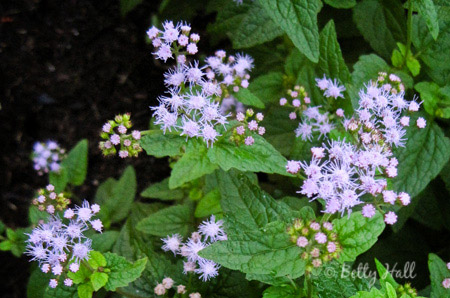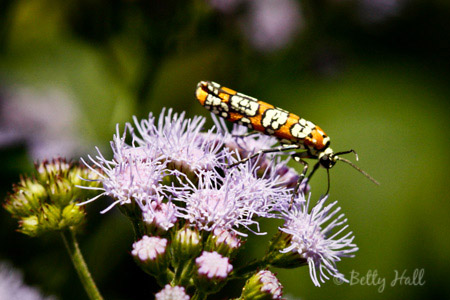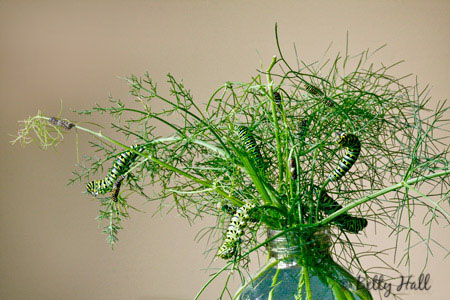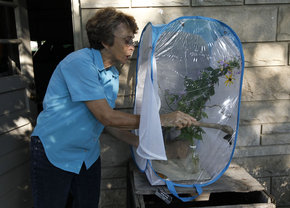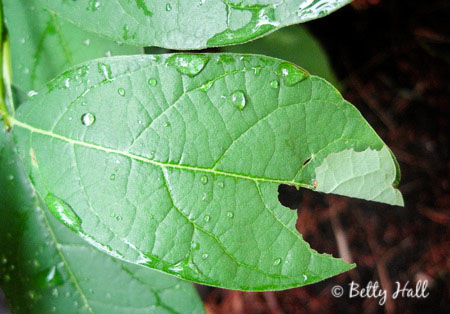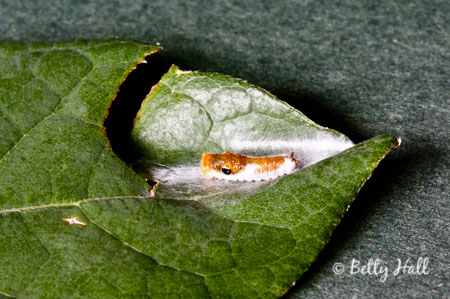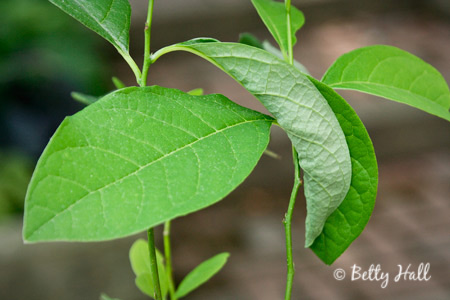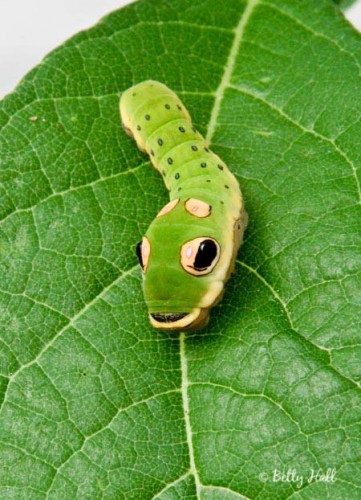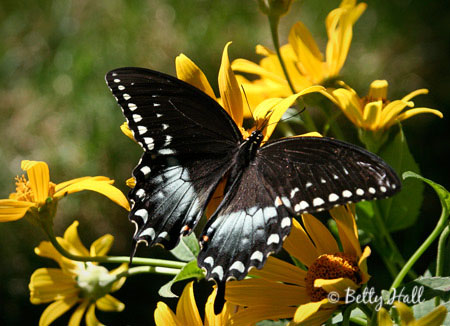This is the bees’ and butterflies’ favorite plant right now. Mist Flower or Wild Ageratum (Eupatorium coelestinum) is in full bloom. Many of the summer flowers have faded while the fall asters and goldenrods haven’t yet blossomed. Mist Flower is drought tolerant – a welcome characteristic during our current Kentucky hot and dry spell. I also enjoy bringing it inside as part of a garden bouquet.
In addition to various bees, I’ve seen skippers, silvery checkerspots and monarch butterflies enjoying its nectar. The visitor above is an Ailanthus webworm moth (Atteva aurea). It is an occasional visitor in the garden and I like its unique design.

